Stellar Spectra - Telephoto
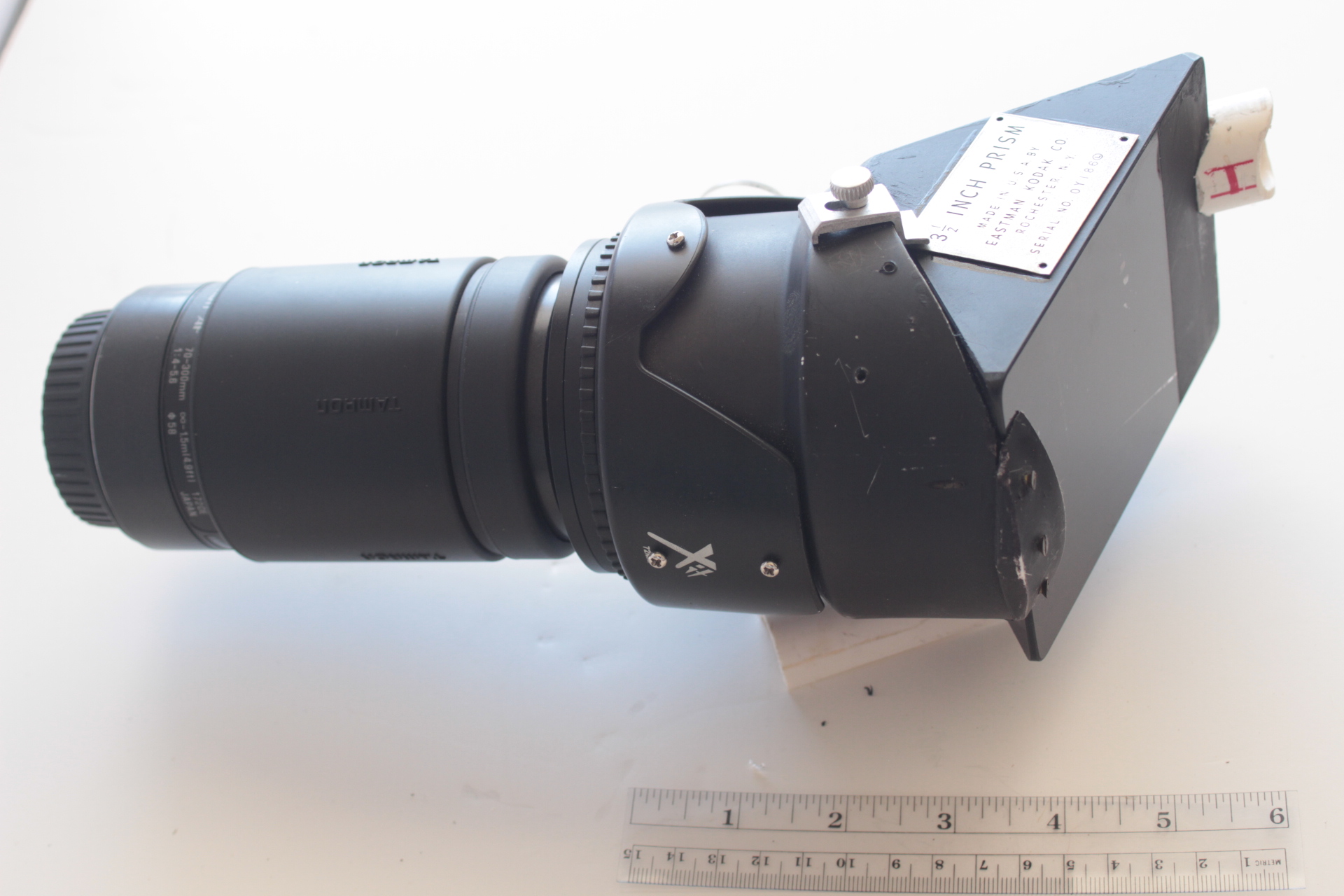
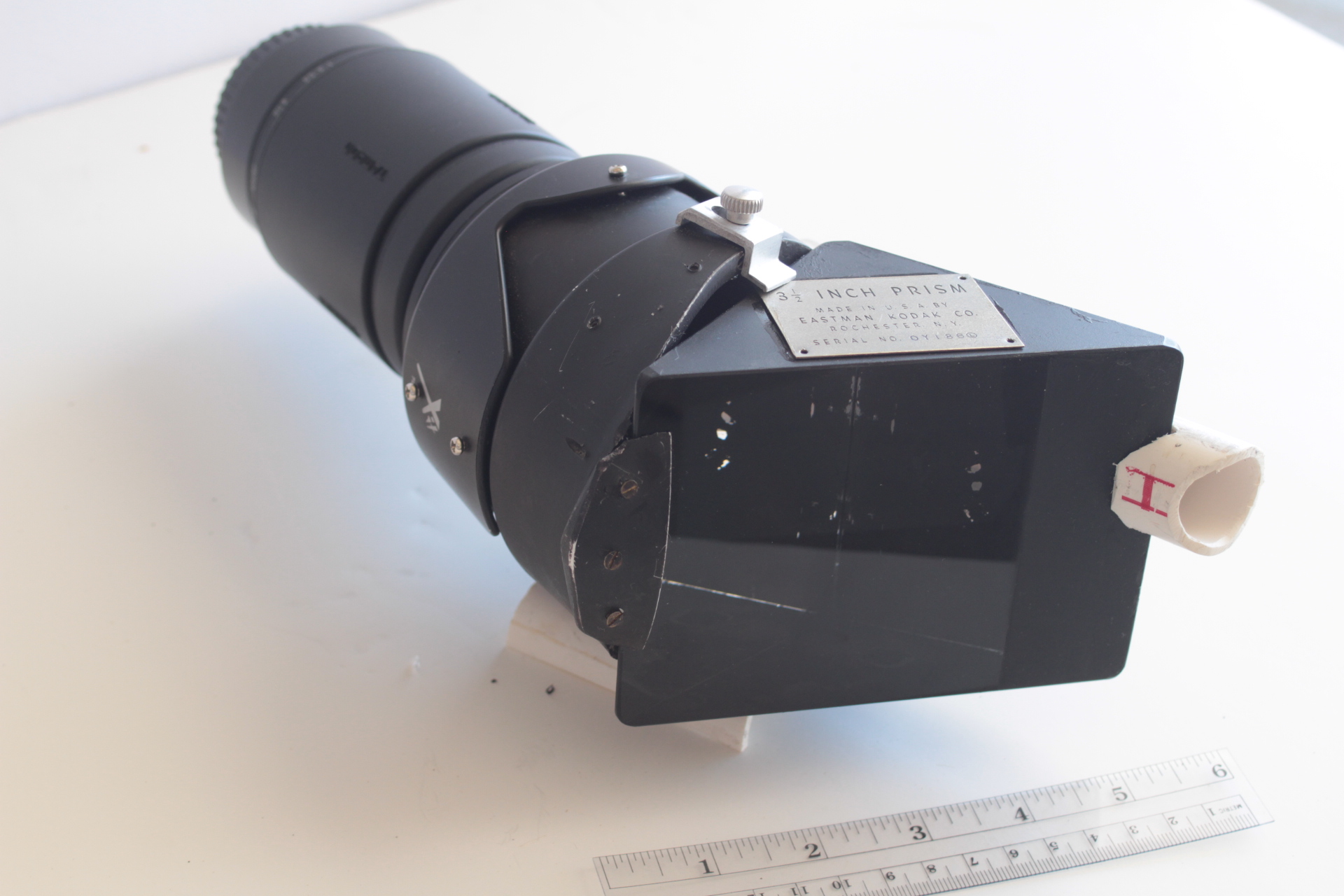
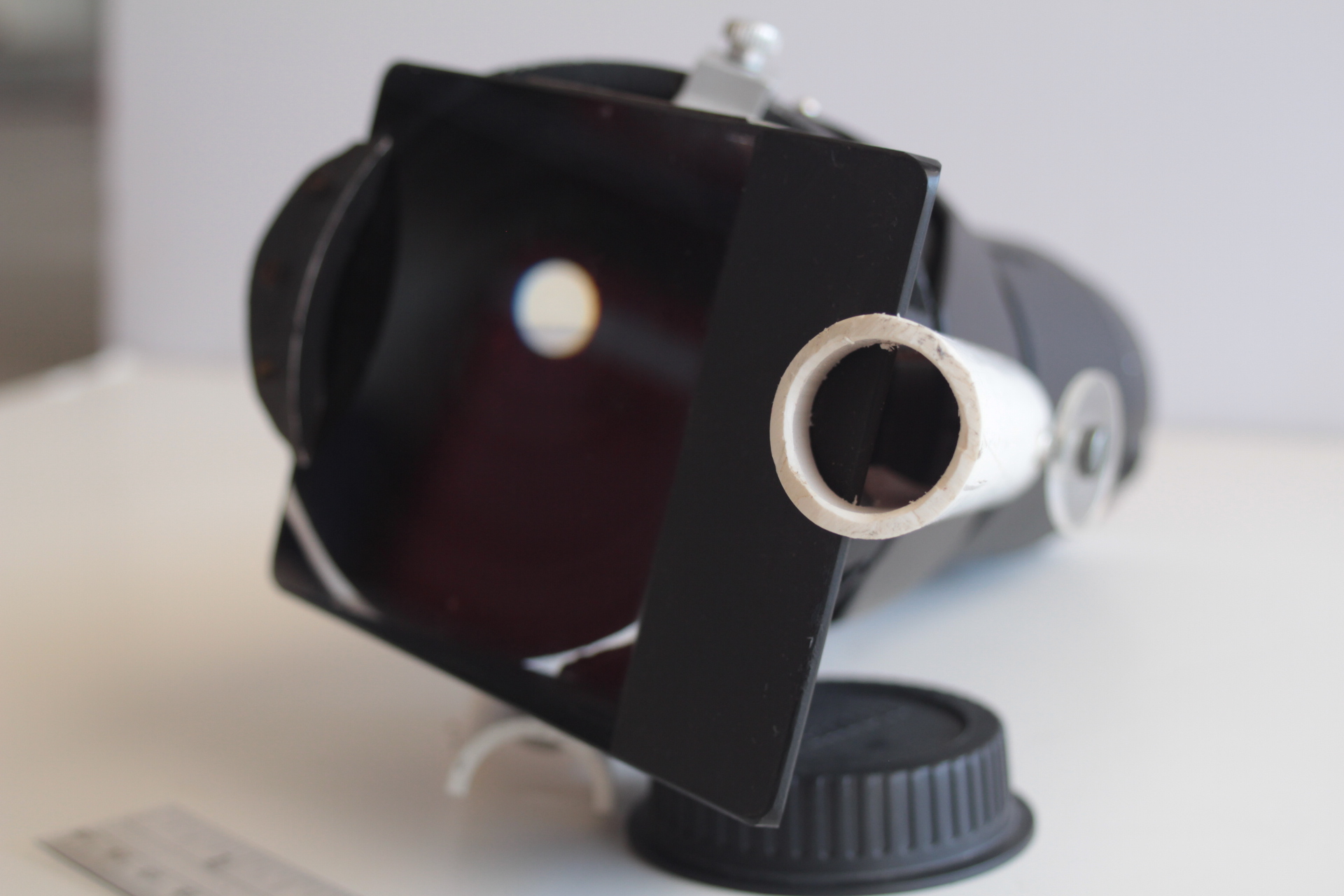
The three previous images show the large glass prism which I have attached to the telephoto lens that I used to take the three images of the constellaion Orion that follows. I obtained this prism by bidding on eBay.

Above is the constellation Orion. Consider the two brightest stars on the image: the left-most one is Betelgeuse, a very red star (spectral class M2), whereas the right-most bright star is Rigel, a bluish-white star (spectral class B8). Subsequent images will show the central portions of Orion in more detail.
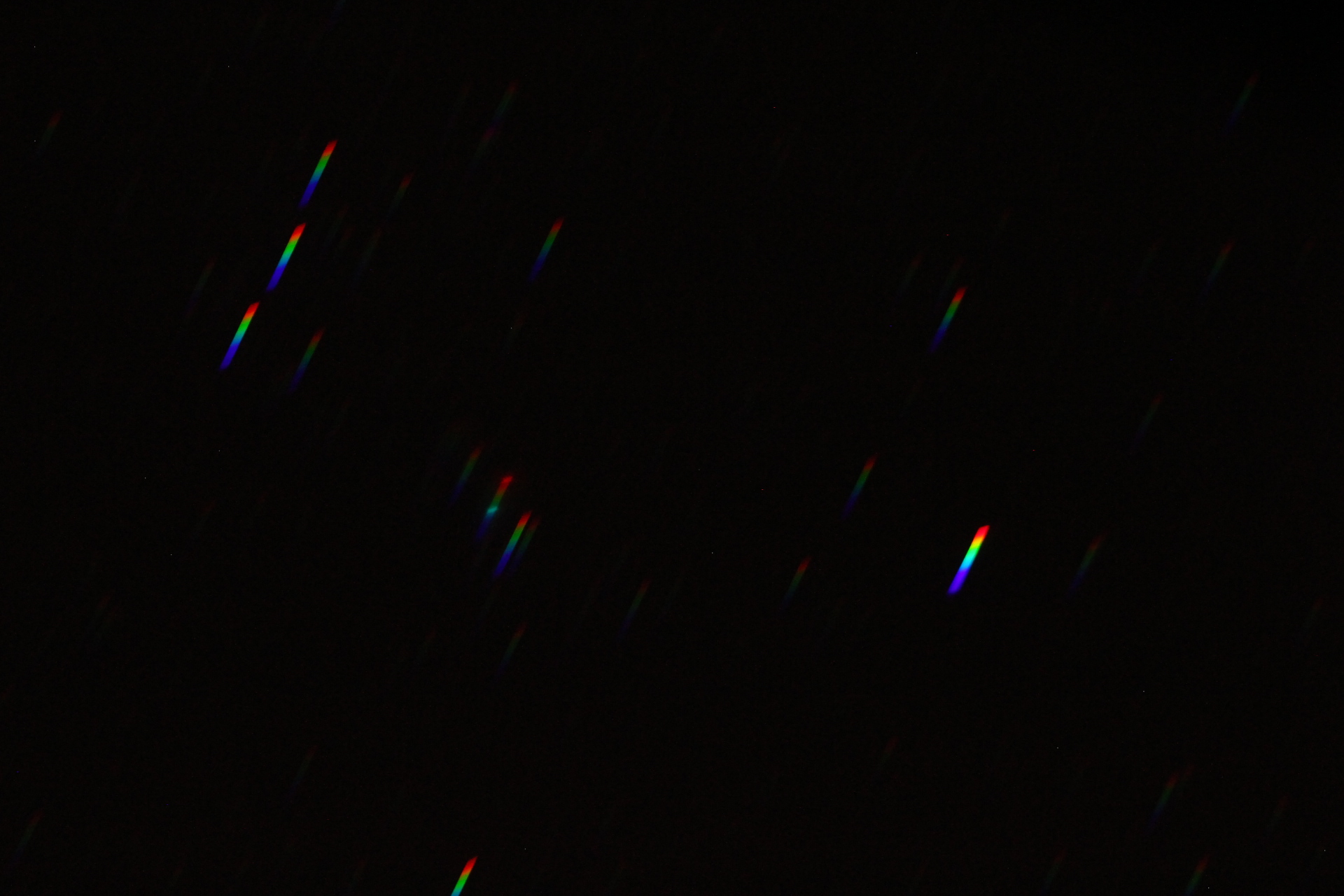
The above image shows center portion of Orion, with the three prominant belt stars near the top of the image and three fainter stars, which make up the sword, near the center. Note the red and blue emission lines of the middle "star" of the sword. These lines are made by an emission nebula rather than a singular star. This emission nebula is called "The Great Nebula in Orion," or it is also referred to as "M-42."
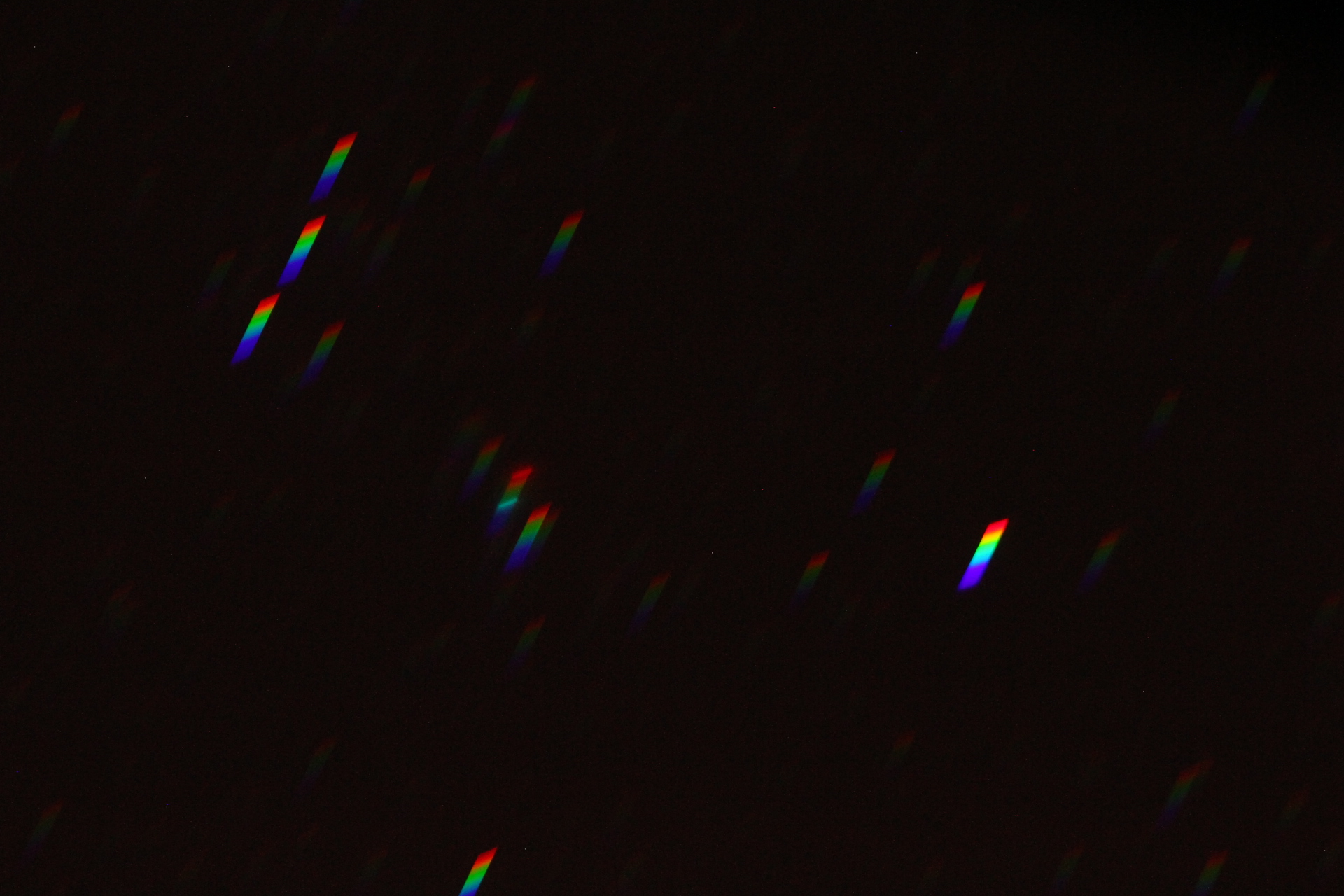
The same as the previous photograph, but with a longer exposure and a higher sensitivity (ISO value) on my Canon T4i digital camera, so the star trails are both wider and brighter.
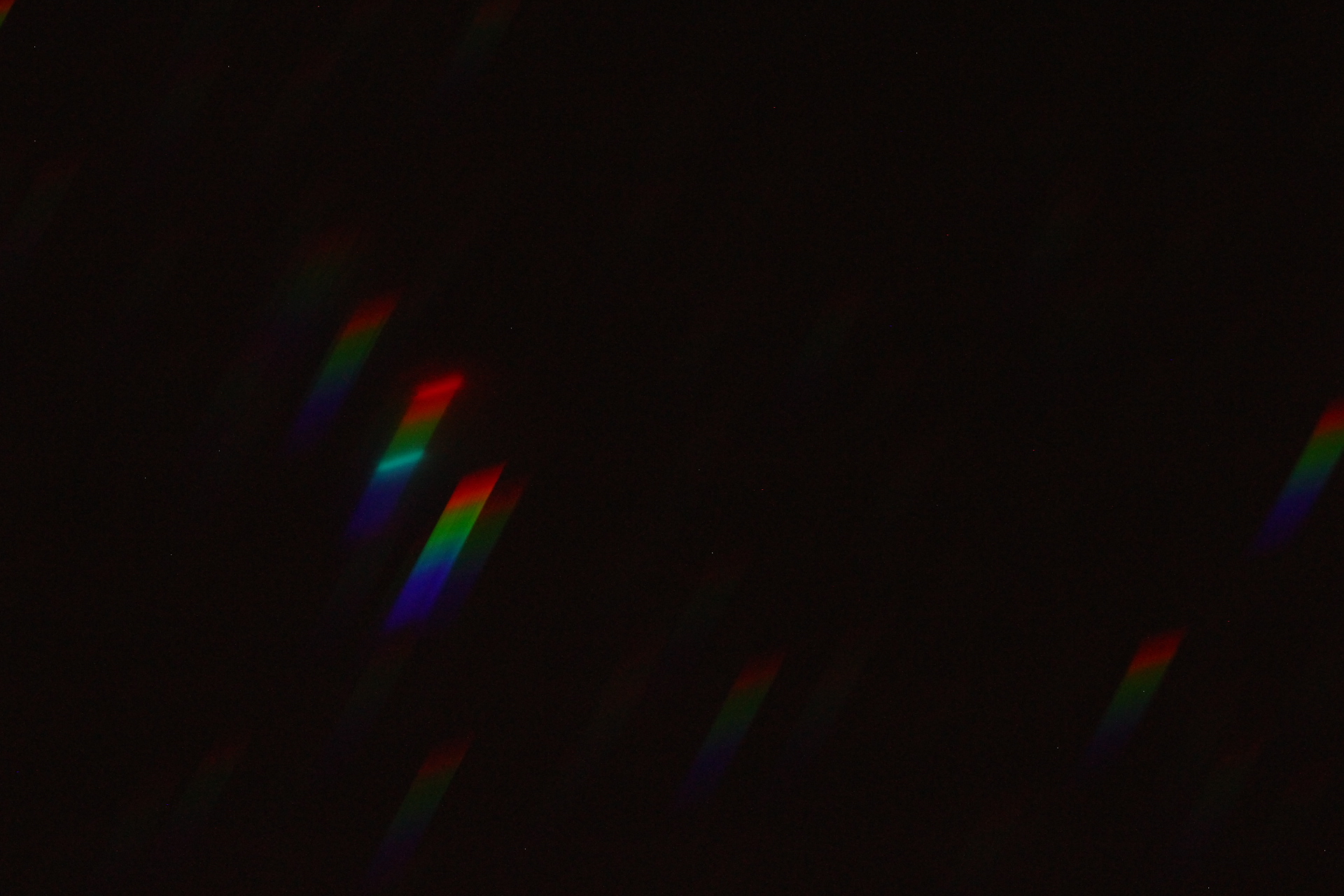
The same as above, but with a greater zoom and a higher ISO value.
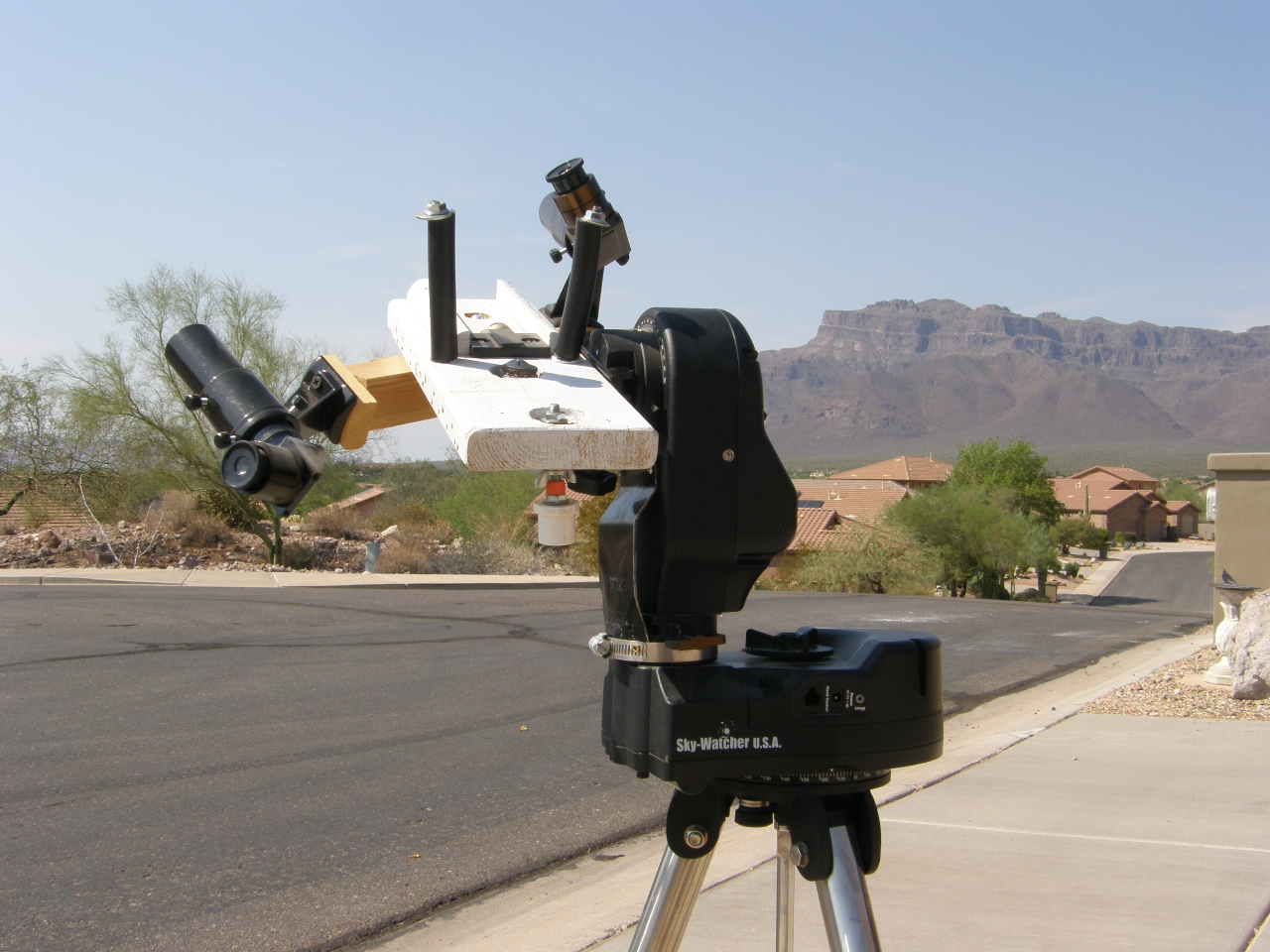
This is my home-made camera/lens/prism holder that is mounted on a Sky Watcher alt/az celestial drive. Note the two finder scopes, one which points forward for non-prism photography and the other which can be pointed in the oblique direction of the star that is being imaged through the prism.

The camera/lens/prism combination has been mounted on the homemade holder. The large glass prism is too heavy to be supported by either the lens or the camera alone, so the entire combination has to be supported by the homemade platform.
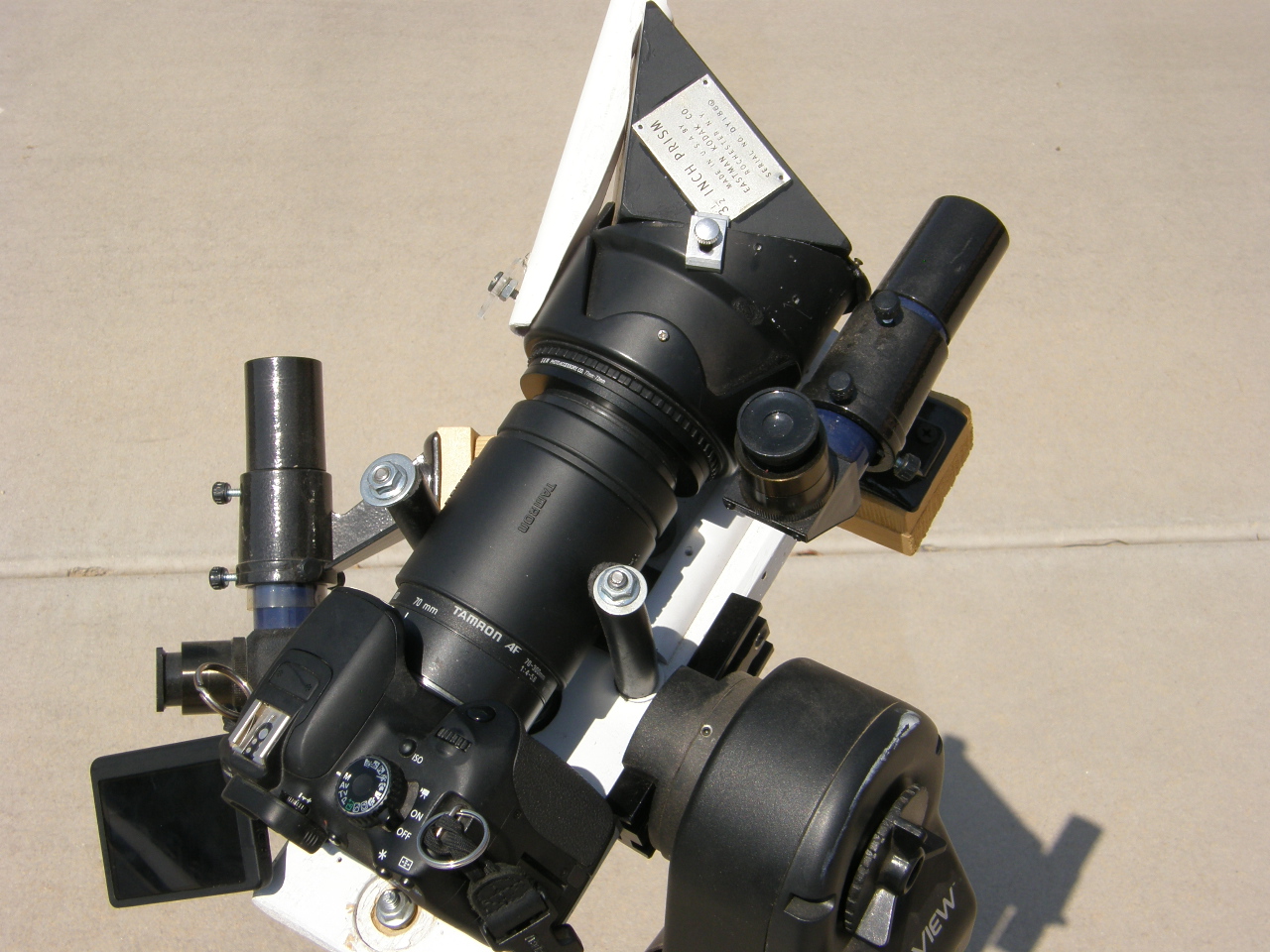
This is another view of the camera/lens/prism combination.
